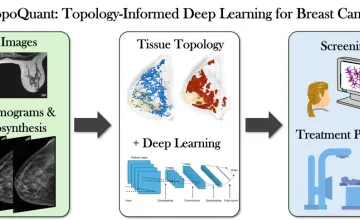AAU universities conduct a majority of the federally funded university research that contributes to our economic competitiveness, health and well-being, and national security. AAU universities are growing our economy through invention and innovation while preparing the next generation of scientists and engineers for global leadership. By moving research into the marketplace AAU universities are helping to create jobs, and provide society with new medicines and technologies.

UMD geologists uncovered evidence of a section of seafloor that sank into the Earth's mantle when dinosaurs roamed the Earth; it's located off the west coast of South America in a zone known as the East Pacific Rise.

Novel research supported by NCI could lead to more specific predictive disease models

A new University of Kansas study reveals parents seeking health care information for their children trust AI more than health care professionals when the author is unknown, and parents rate AI generated text as credible, moral and trustworthy.

Hypertension and amyloid plaques can separately cause dementia. Having both increases a person’s odds of developing cognitive decline, a new study finds
Explore More: University Research
You can filter stories by the university.
Happy or sad, accurate or not, your perceptions of your parents directly impact your physical health and wellness, according to research from Michigan State University.
Paleontologists at the Museum of Natural and Cultural History have reported the discovery of a land-dwelling dinosaur’s fossilized bone in Eastern Oregon — an exceedingly rare find in a state that was underwater throughout most of the dinosaur age.
Kids who vape or JUUL or use e-cigarettes smoke about as much as teen smokers who never used the devices, according to a USC study.
Rutgers University researchers have developed a device that helps veterans with Gulf War illnesses improve their balance.
Children who suffer abuse are more likely to age faster, while those who endure food insecurity or neglect may develop more slowly, according to new research led by the University of Washington.
